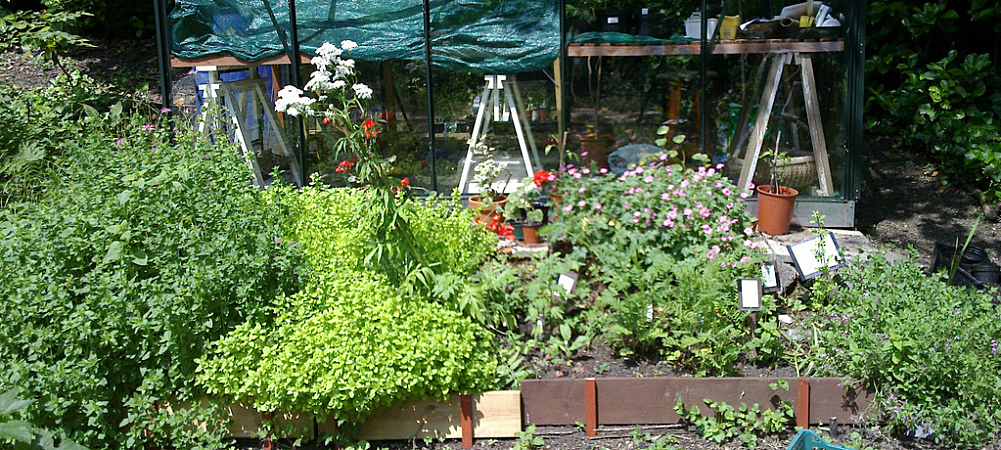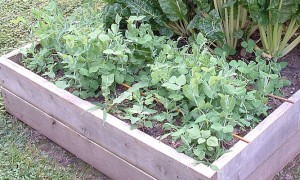Harvesting Your Organic Garden Before the Cold Season Hits
Philadelphia’s hot summers might be great for your organic garden, but the chilly frost that comes in late fall or early winter definitely is not. Grab your delicious vegetables before the cold season hits.
After spending so much time caring for your organic garden, pulling weeds and watching it grow, it would be a shame to not reap the fruits of your hard labor before the cold season hits. Philadelphia cold can come suddenly and unexpectedly, so have your plan in order well in advance. Philly homeowners with gardens should keep an eye on the 10-day weather report for the week ahead to take note of any changes and schedule your harvesting day.
Know What’s Ready for Picking
The first detail that you need to consider before harvesting your organic garden before the cold season hits is whether or not the veggies are ready. Here’s a list of common vegetables and how you’ll know that they’re ripe for the picking:
- Green beans: Should be firm, vibrant green, and about the diameter of a pencil. When you snap them in half, the seeds inside will likely be small and underdeveloped — this is normal.
- Broccoli: Heads are deep green and still compacted. If yellow buds start to show, harvest immediately.
- Carrots: Leave carrots in the ground the longest but before the ground goes cold. They are ready when they have bold deep coloring and are large (at least 6–8 inches long). You may see their “shoulders” coming up a bit from the ground.
- Cucumbers: Cucumbers are ready to harvest when they reach the size you desire, but they should be picked before they change colors from green to yellow.
- Corn: Pricking one of the corns should produce a substance that’s milky-colored, not watery and clear. The outer husk should be soft and brown or dark green.
- Peppers: You decide what size is right for picking your peppers, even if they haven’t reached their full color yet. Some will continue to ripen after picking if you keep them in a warm room.
- Tomatoes: Harvest tomatoes when they reach their full red color.
Turbo-Charge Your Garden with Fish Fertilizer
In advance of your harvesting day, give your organic garden a quick boost by feeding it with a strong fish-based fertilizer. Look for a product that has a 15-1-1 mix (15 parts nitrogen; 1 part each of iron and zinc). Spraying your organic garden with this fertilizer will improve your chances of getting bigger vegetables for picking in a shorter time before the cold season hits.
Schedule a Full Day for Harvesting
After a long day at work, the last thing you’ll probably want to do is spend your evening picking vegetables for hours. Try to set aside a full day for harvesting before the cold frost hits Philadelphia. Harvesting can be a fun activity (and a learning moment) for young people. Philly and the surrounding suburbs are well-known for being community-oriented, so why not get your neighbors involved on picking day — especially if you know you’ll have more vegetables than you can eat? Get family members, friends, and some of the friendly neighborhood kids to help you with your harvesting activities, and turn it into something special.
The often intense, hot summer temperatures that are characteristic of Philadelphia are great for your organic garden, but the chilly frost that comes in late fall or early winter definitely is not. So be sure to to grab your delicious vegetables before the cold season hits.
Image Source: Flickr
[cf]skyword_tracking_tag[/cf]





3 Comments
Harvesting Your Organic Garden Before the Cold Season Hits | My Website
September 30, 2014[…] Harvesting Your Organic Garden Before the Cold Season Hits […]
Harvesting Your Organic Garden Before the Cold Season Hits | Patrick Lim's Blog
October 1, 2014[…] post Harvesting Your Organic Garden Before the Cold Season Hits appeared first on Coldwell Banker Blue […]
Harvesting Your Organic Garden Before the Cold Season Hits | Elouise Margita's Blog
October 1, 2014[…] The often intense, hot summer temperatures that …read more […]